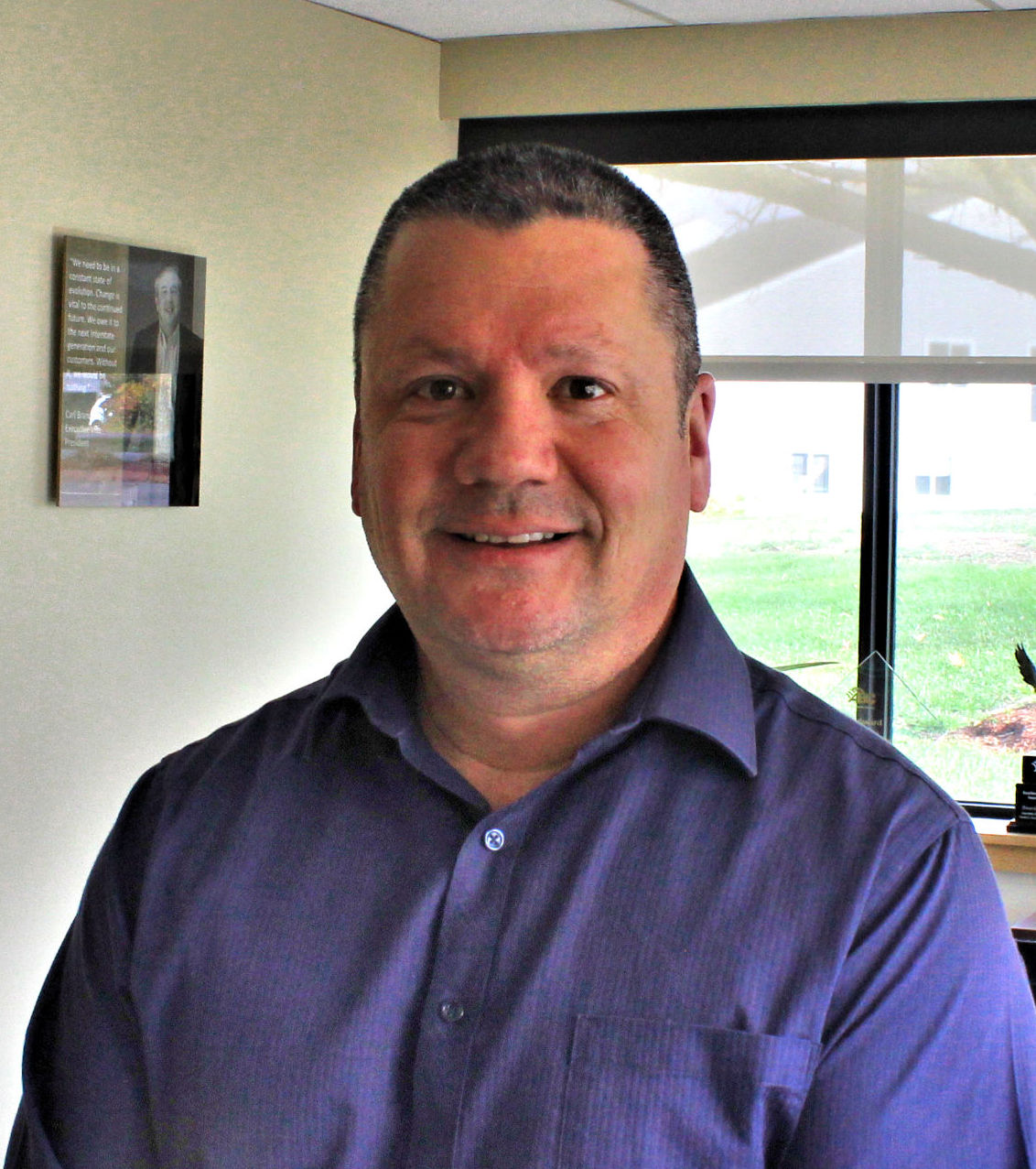News:
Construction Design & Engineering
Posted: April 14, 2011
A Section 179D of the Internal Revenue Code education can be profitable for designers of schools
Energy efficient schools can save money not only for municipalities, but also for designers of schools.
Thanks to Section 179D of the Internal Revenue Code, designers may be allocated tax deductions of up to $1.80 per s/f when they design energy efficient buildings for schools and other government agencies. For a 100,000 s/f building, that adds up to a maximum deduction of $180,000. For a typical architectural or engineering firm, based on a 35% federal tax rate, that's a tax savings of $63,000.
Section 179D was created to give taxpayers who own or lease commercial buildings an incentive to be energy efficient, but when the owner is a school district or a government agency (federal, state or local), any federal income tax incentive is usually meaningless. To work around this limitation, this provision allows the building owner to pass the deduction through to the designer or designers, to the potential benefit of architects, engineers, contractors, environmental consultants and energy service providers, as long as they are considered the designer who has created the technical specifications for installation of energy efficient commercial building property. The maximum amount that can be allocated to the designer is the amount incurred by the owner of the building to place the property in service.
The deduction is available with respect to property placed in service through December 31, 2013 for designs that save at least 50% of the energy and power costs, compared to a reference building that meets Standard 90.1-2001 (as in effect on April 2, 2003) of the American Society of Heating, Refrigerating and Air-Conditioning Engineers (ASHRAE). Each of three components of a building, (1) the interior lighting systems, (2) heating, cooling, ventilation, and hot water systems, and (3) the building envelope must be separately reviewed and are each eligible for a deduction of $.60 per s/f. All three components must separately qualify in order to obtain the full $1.80 per s/f deduction. It's not uncommon to find that only one of the building components (typically the lighting) qualifies for the deduction.
To obtain a deduction for any of the building components, the designer must obtain a certification demonstrating that the required energy savings will be achieved. Certification must be obtained through a qualified third party, using software approved by the U.S. Department of Energy. Approved software is listed on the agency's Web site: www.energy.gov. The certification process must also include a field inspection of the building.
When more than one designer is responsible for creating the required technical specifications, the building owner may allocate the entire deduction to the primary designer or may allocate the deduction among multiple designers. This allocation must be in writing.
Until recently, in order to claim a deduction for a building placed in service in a prior year, an amended tax return was required. For most taxpayers, the normal three-year statute of limitations for claiming tax refunds for the 2006 tax year has expired, precluding them from claiming this deduction for a building placed in service in that year. However, in January, 2011, the IRS issued new procedures by which taxpayers may be able to claim the Section 179D deduction by treating it as an automatic change in accounting method. While minimal written guidance exists on this issue, it does appear as if qualifying taxpayers may be able to claim a cumulative Section 179D deduction on a tax return filed for one year, to include qualifying buildings placed in service in prior years. Qualifying taxpayers should discuss this matter with their tax advisor to determine the best approach.
This is a unique tax deduction, in that, a company may receive a significant tax benefit with respect to a building it does not own or lease. To improve on this benefit, we now have what appear to be extremely taxpayer friendly accounting method change rules. Businesses that qualify as designers and are eligible for this deduction need to ensure they take advantage of this opportunity.
This column is intended to raise awareness about Section 179D and its potential application to educational projects. It does not address every aspect of the law. Be sure to consult with a tax advisor who has expertise in this area in order to ensure that a project meets all the requirements necessary to qualify for the deduction.
Stephen Minson, CPA is a partner in the commercial business group at DiCicco, Gulman & Company, Woburn, Mass.
MORE FROM Construction Design & Engineering
Timberline Construction Corp. completes renovation for Notre Dame Long Term Care facility
Worcester, MA Timberline Construction Corp. (Timberline) has completed an 18-month, 55,000 s/f renovation of the Notre Dame Long Term Care facility. The project transformed the nursing home into a modern, community-driven and patient-focused environment

Columns and Thought Leadership

Insulation experts are the unsung heroes of our clean energy progress - by Jeffrey Saliba
While not as well-known as Nobel-prize-winning economists, politicians, or international climate activists, your local union insulators are essential to reducing harmful carbon emissions across Massachusetts. We’re proud to advocate for cleaner energy in the halls of power, as well as do the skilled, physical work in schools, office buildings,

It’s time to lead: Confronting mental health in construction - by David Watts
As we close Mental Health Awareness Month, we must be clear: May isn’t just about ribbons, hashtags, or lunchtime mindfulness apps. It’s about responsibility to confront hard truths that linger in silence, and to challenge ourselves, as leaders in our industry, to do more.

Ask the Electrician: How do I prepare my commercial building for a disaster?
New England’s notorious weather – from fierce winter storms to summer squalls and fall hurricanes – can leave businesses in the dark. While power outages are often blamed on storms, they can also be caused by unforeseen events like accidents or construction mishaps.

Navigating tariffs and material uncertainty in today’s construction market - by Karl Ginand and Tiffany Gallo
As headlines around tariffs seem to dominate the news daily, many considering construction projects have anticipated major cost escalations and widespread supply issues. While tariffs haven’t driven pricing spikes to the extent once feared, the lasting impact has been a new layer of uncertainty, affecting more than just budgets.

 (1) (1).png)








.png)
.png)